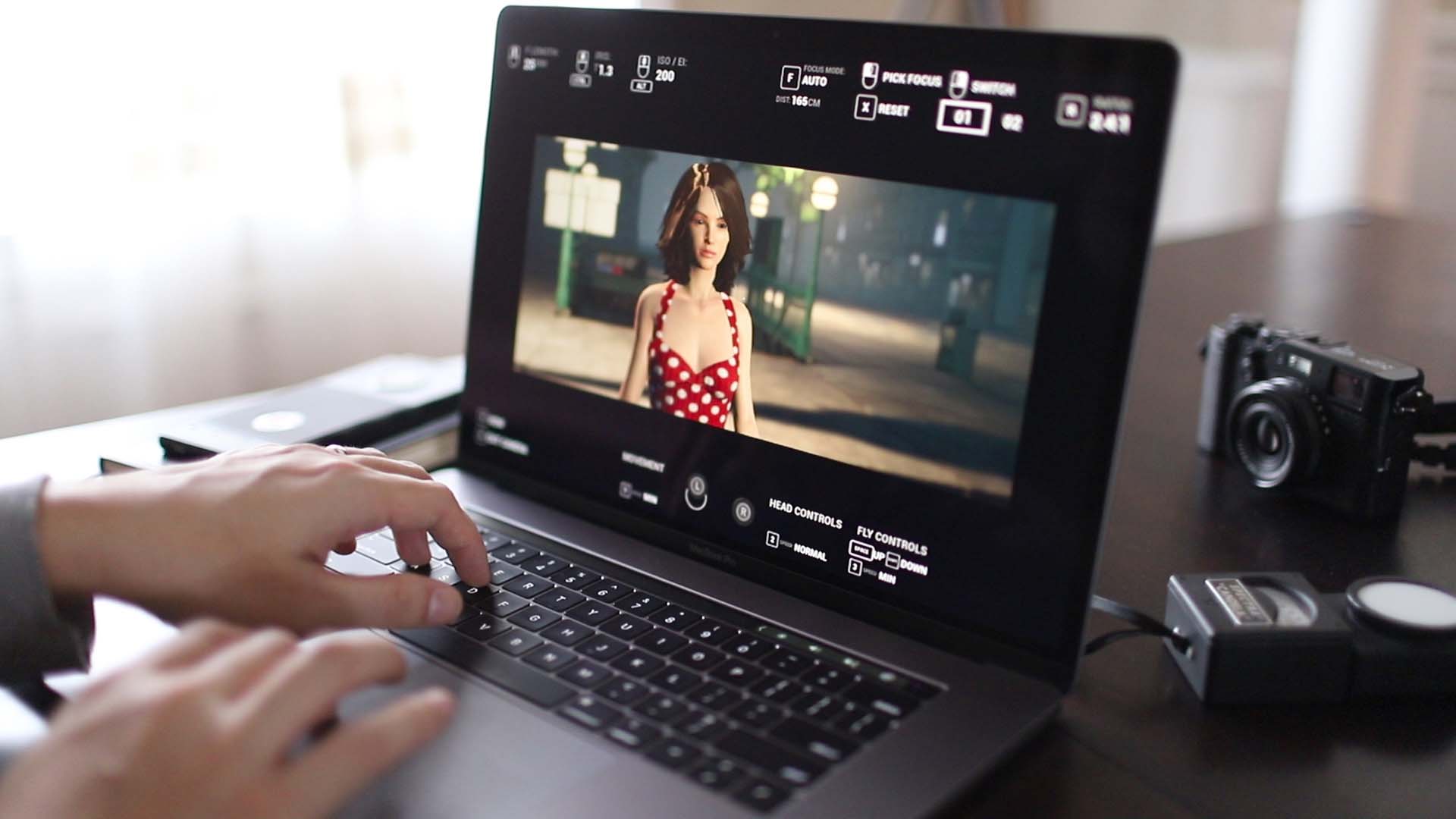
The advent of April brought Cinematography Month at RedShark, and along with it more glimpses into the future. And, once again, NAB was upon us.
Cinematography Month gave us a chance to look at how technology was changing the way DPs worked. Neil Oseman took a look at the various different apps that allowed pre-visualisation of shots to be made, as well as augmented reality software that features virtual stand-ins. What makes this new world even more interesting is that this is all software that is readily available for any one of us.
Neil wrote: "The rise of VFX in filmmaking worried some DPs, feeling that authorship of the image was being taken away from them. As VR and AR become more accessible, however, this tide may well turn. Virtual production technology allows the DP to see the whole shot they’re filming, not just a green screen which may or may not be replaced by the background they were expecting. And if a DP can quickly previz a shot in 3D on their phone, it opens up many more possibilities for collaboration than the current norm in which previz tools are only available to VFX teams."
Read The virtual future of cinematography.
The risks of AI for authenticity
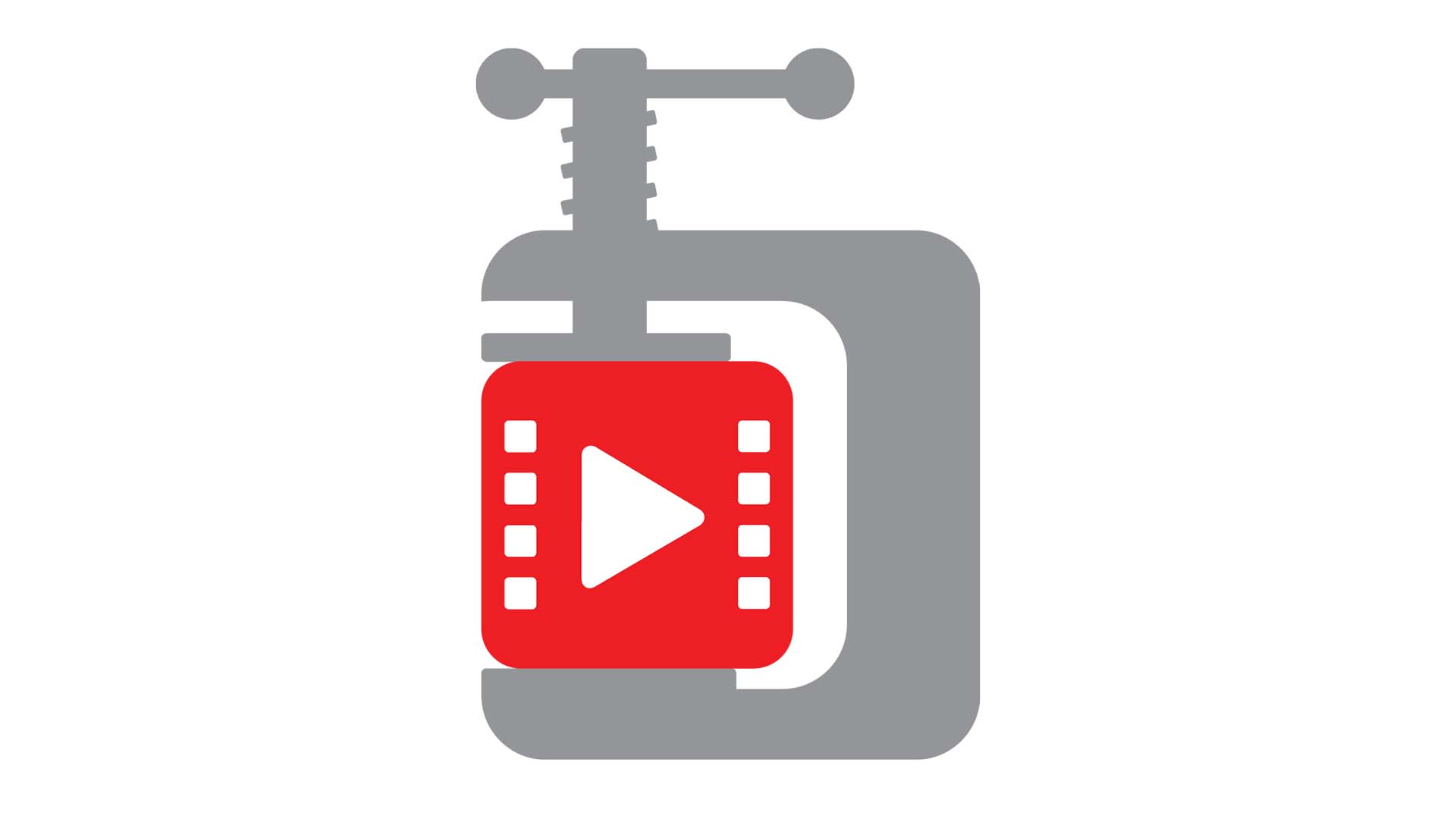
Meanwhile, David Shapton examined the effects of AI on image authenticity. With smartphones and other devices becoming reliant on AI to produce images of a quality that belies the sensor used to capture them, how much can we really trust what we see?
This has particular ramifications for legal evidence, something we also looked at with regard to video compression. But if someone takes a photograph of a crime taking place with a phone, and the image has been manipulated by AI techniques, can it be considered accurate and true?
David wrote: "I feel that video for evidence needs to be "clean" and not processed by AI. Of course, there will always be a level beyond which AI will make stuff up unless it's specifically told not to.
It's very early days, and the law (and politics) always lags behind technology. So brace yourselves for some "interesting" legal cases."
Read With AI involved, can we rely on images ever again?
RedShark goes back to school
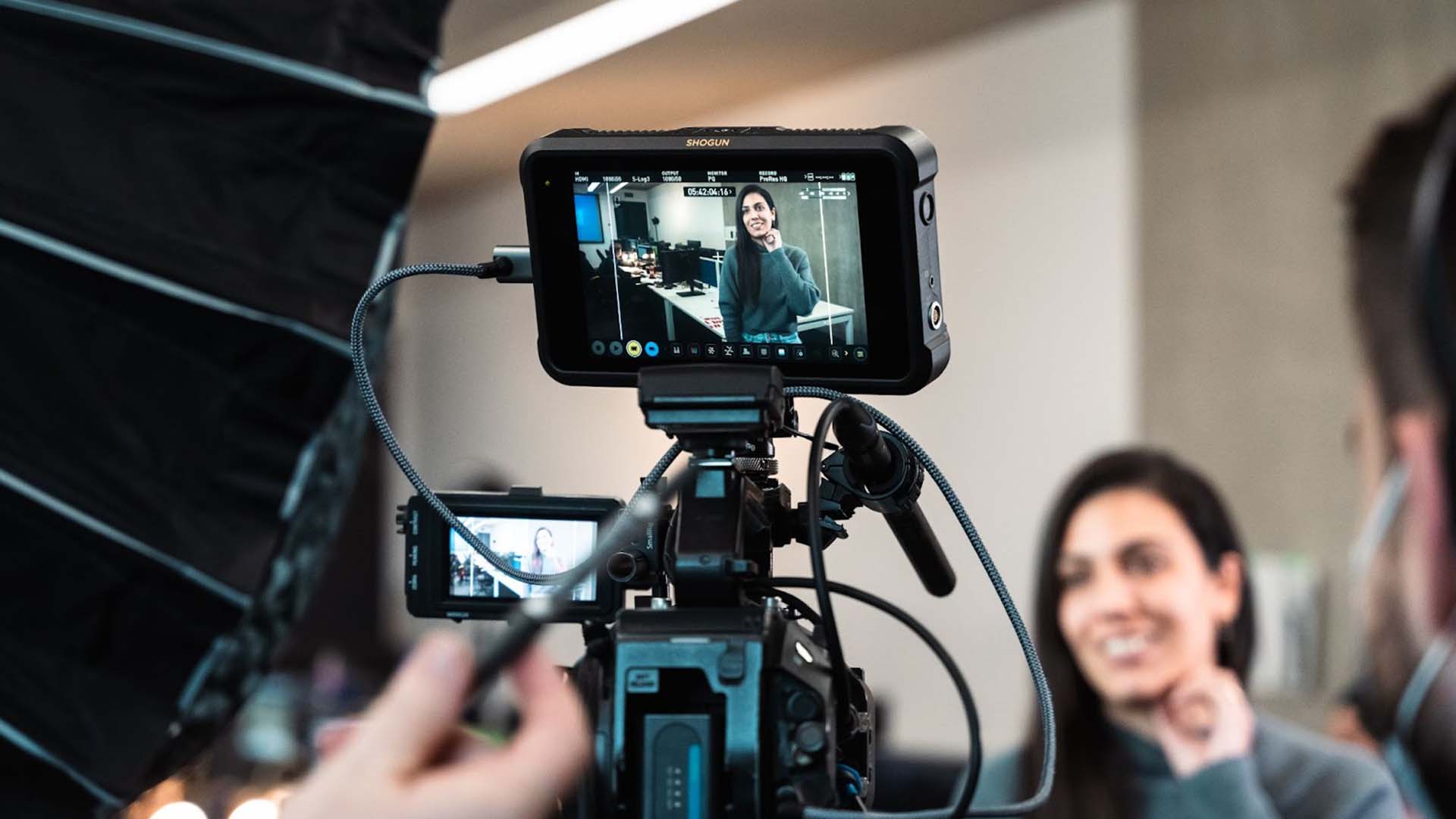
Cinematography month continued with a deep dive into the role of educational establishments in nurturing new talent. RedShark's Maari Innes looked at what universities were offering, and the real world relevance of the topics and experience they gave.
"Since the industry is constantly evolving due to new and improved technology, the challenge is to find the right kind of equipment that is suitable for educational purposes. Having a robust, scalable, and cost-effective image technology that enables their students to learn to use the latest technology to have the necessary skills to enter the industry. Most of all, giving the students the freedom to create their own, gives them the confidence and motivation they need in the start of their career. Speaking as a former student, you really learn by doing and having the opportunity to learn by using the industry-standard equipment is the key to do so."
Read RedShark goes back to school.
Why are modern interfaces sometimes so slow?

From a technology perspective, Phil Rhodes decided to shed some light on something that many of us have asked ourselves: Why, despite the speed of processing we have in computers now, are user interfaces sometimes still sluggish and slow?
The reasons, as it turns out, are numerous and not that straightforward. Suffice to say that while processing has become much faster, the data load and complexity of code has increased exponentially since the old days of the ZX Spectrum.
To give but one example of what's happening under the hood, Phil wrote, "Modern computers, including phones, have multiple layers of code, most of which would exceed the memory limitations of a ZX Spectrum by hundreds of times, between the hardware that reads the touchscreen and the hardware which drives the display. Worse, some of that code may be written in interpreted languages such as Java (on Android) or C# (on Windows), or a language which provokes endless controversy over how interpreted it is: Objective-C (on iOS). Interpreted languages trade computer time for programmer time – they make code easier to write, but slower to run, a Faustian bargain."
Read Why are modern interfaces not as responsive as we'd expect?
DaVinci Resolve 18 hits public beta
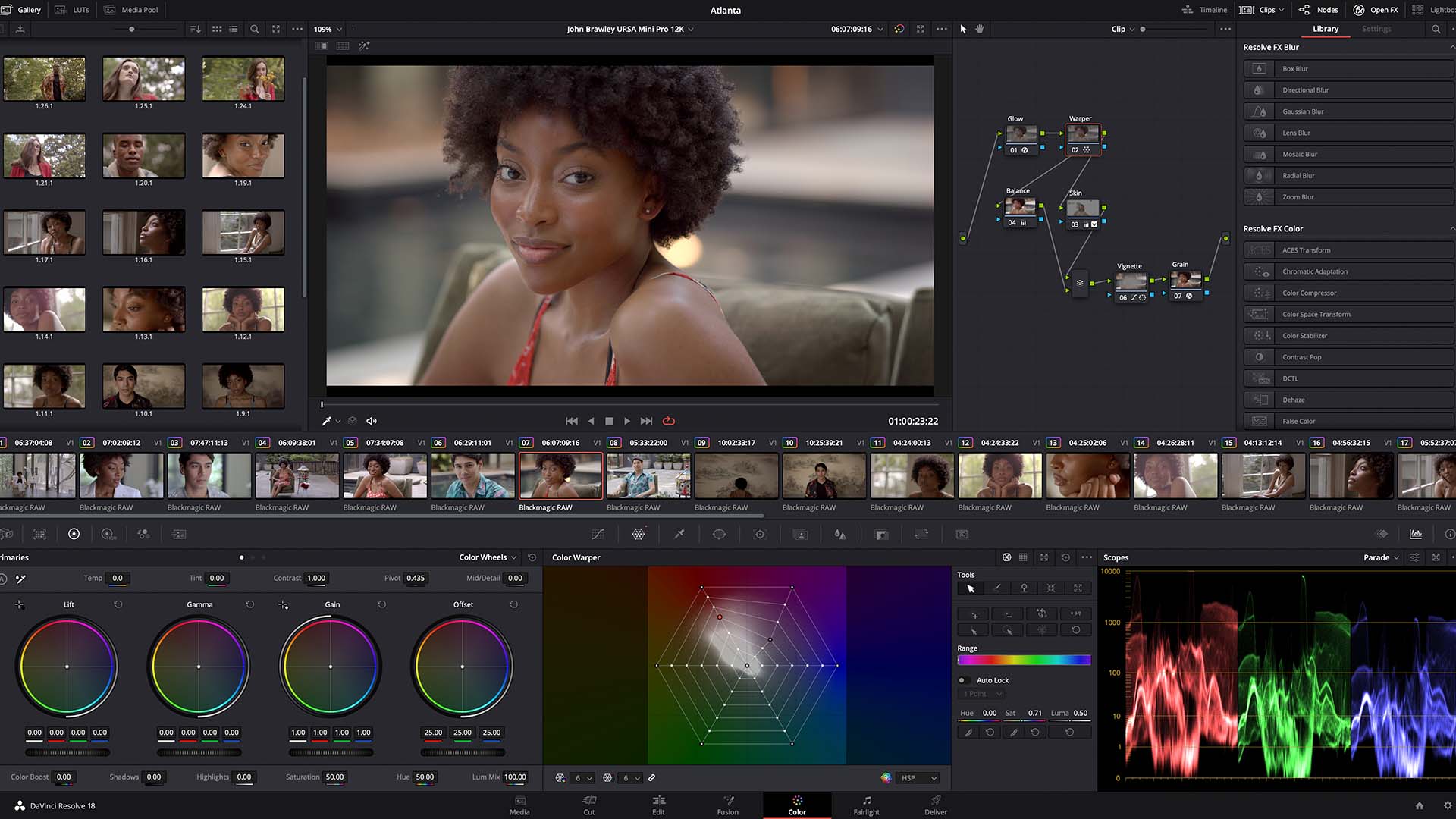
Black Magic Design's DaVinci Resolve underwent a huge update with version 18 entering public beta. Those who are used to the company's public betas know that most of the time the software is pretty reliable by that point. Version 18 of Resolve featured a vast array of new abilities, utilising the software's Neural Engine.
Collaborative working was made much more streamlined, and the company brought in Blackmagic Cloud to eliminate the need to rely on third parties for such projects. With Resolve 18 it is even possible to live stream a 12-bit image to anywhere in the world for client grade monitoring.
New AI based features include recognition of animals and objects for fast masking, and a new depth map effect to allow separate grading of the foreground from the background amongst many others.
Read Blackmagic Design unveils DaVinci Resolve 18 public beta and huge cloud updates.
April means NAB
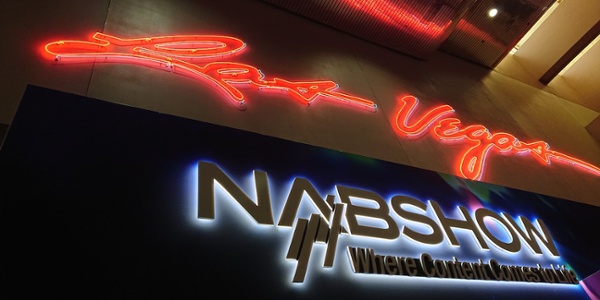
After a long hiatus, NAB Show was finally back in business, and with it, Virtual Production featured heavily. With Covid affecting the visual arts industries so heavily, there has been a lot of discussion about the future role of large trade shows. However, as anyone who attended NAB attests, it was wonderful to catch up with so many faces in person, once again.
Perhaps the show wasn't as big as it once was, but the technology being demonstrated wasn't lacking. Phil Rhodes took a look at the role of motion control in virtual production, as well as the different technologies on show powering the latest generation of LED volumes.
The success of the show this year bodes well for next, when we'll begin the cycle all over again!
Read all RedShark's NAB Show 2022 coverage.
NAB 2022: We talk Video Over IP with Matrox Video
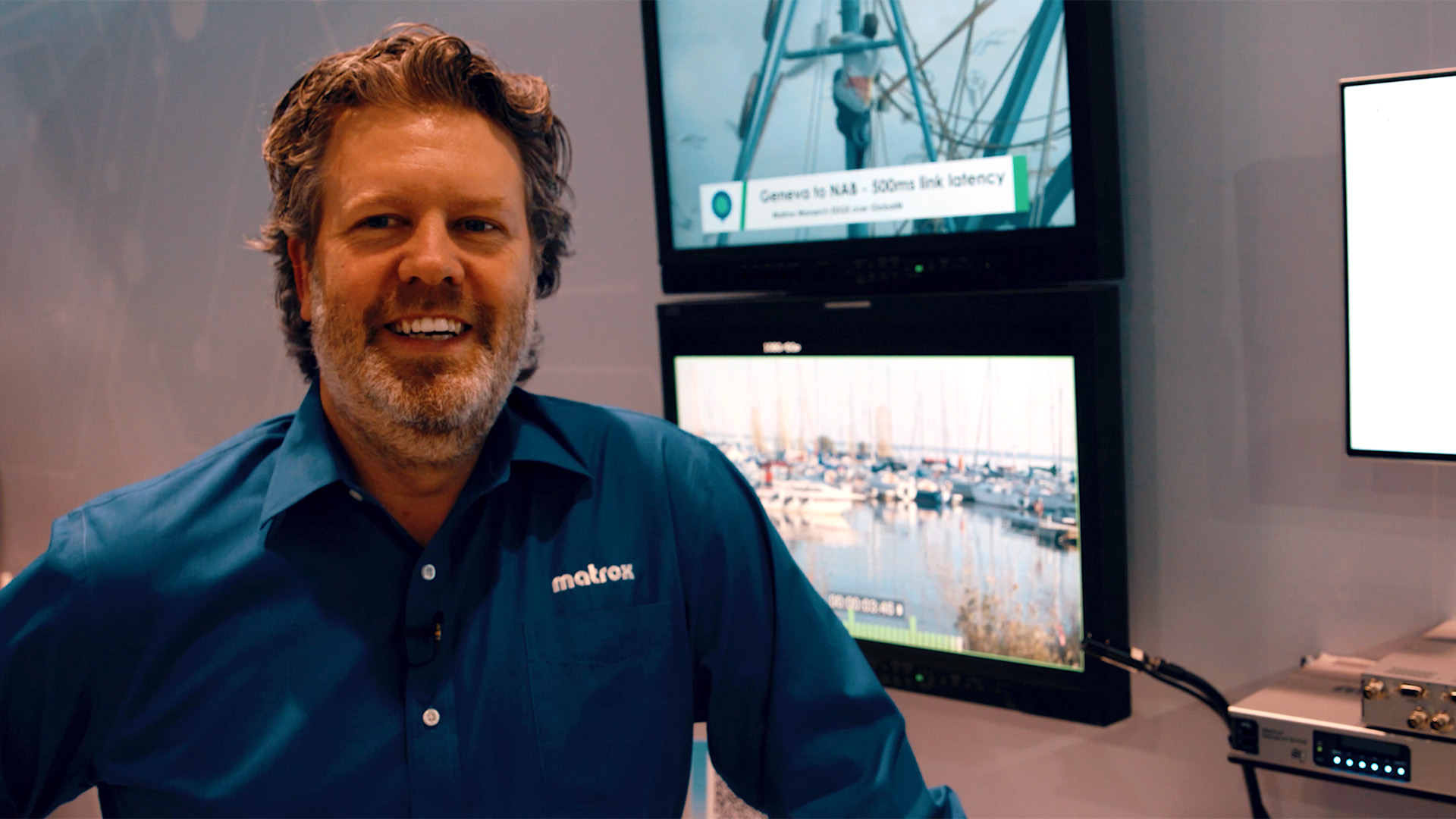
Speaking of NAB, we had a good chat with Dan Maloney from Matrox Video. Video Over IP is another technology that came to the fore during 2022. Dan took us through the latest developments at Matrox Video, including its ConvertIP system, which can take SDI or HDMI signals and convert them for transmission over an IP network and vice versa with zero latency and up to 4K in resolution.
Tags: Technology cinematography


Comments